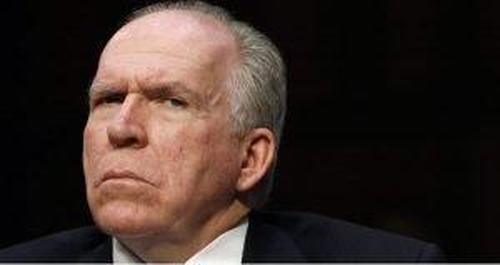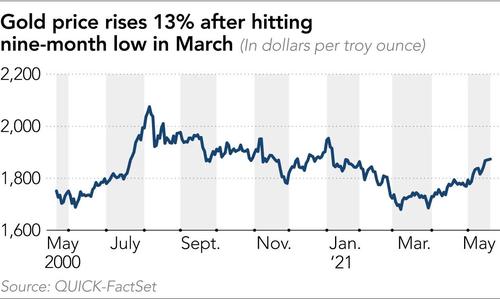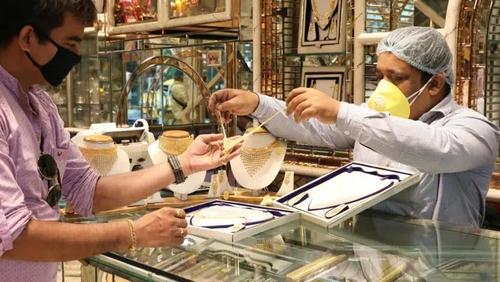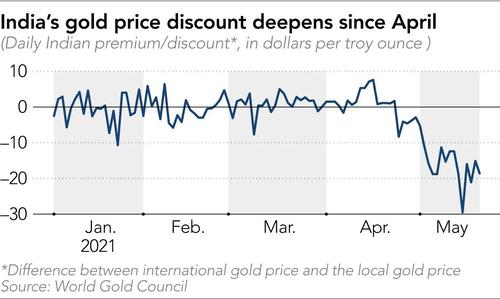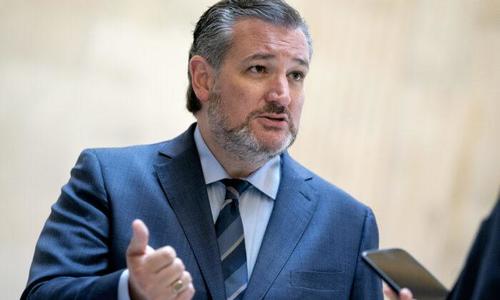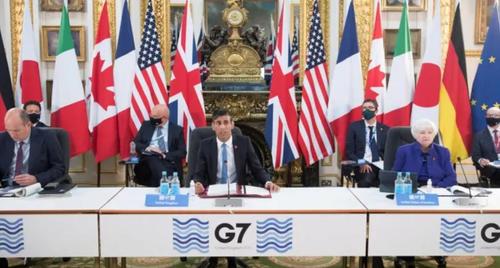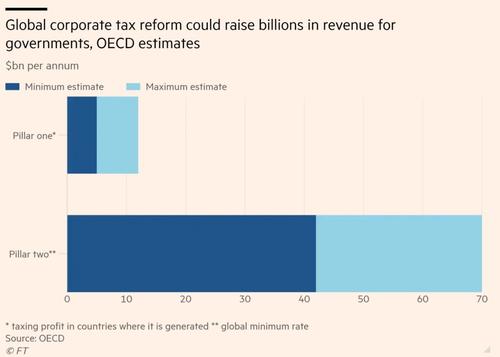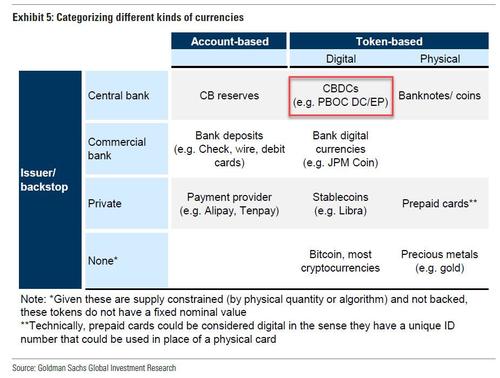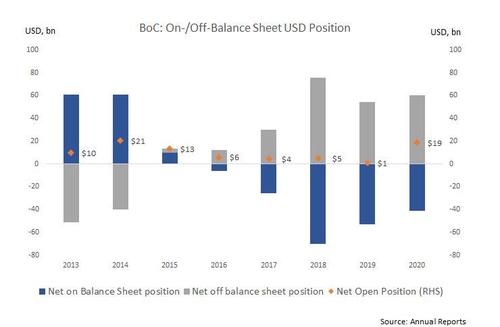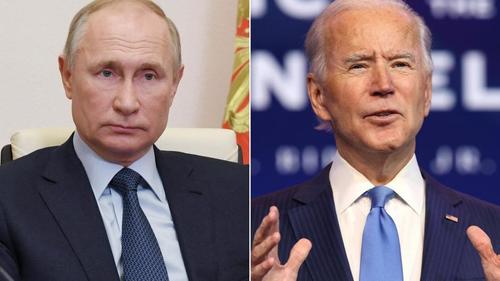CIA (Dis)Information Operations Come Home To The US
Reporters joke the easiest job in Washington is CIA spokesman. You need only listen carefully to questions and say “No comment’ before heading to Happy Hour. The joke, however, is on us. The reporters pretend to see only one side of the CIA, the passive hiding of information about itself. They meanwhile choose to profit from the other side of the equation, active information operations designed to influence events in America. It is 2021 and the CIA is running an op against the American people.
Leon Panetta, the Director CIA from 2009 to 2011 explained bluntly his CIA did influence foreign media outlets ahead of elections in order to “change attitudes within the country.” The method, Panetta said, was to “acquire media within a country or within a region that could very well be used for being able to deliver a specific message or work to influence those that may own elements of the media to be able to cooperate, work with you in delivering that message.”
The CIA has been running such information ops to influence foreign elections since the end of WWII. Richard Bissell, who ran the agency’s operations during the Cold War, wrote of “exercising control over a newspaper or broadcasting station, or of securing the desired outcome in an election.” A report on the CIA in Chile boasts the Agency portrayed its favored candidate in one election as a “wise, sincere and high-minded statesman” while painting his leftist opponent as a “calculating schemer.” At one point in the 1980s foreign media insertions ran 80 a day.
The goal is to control information as a tool of influence. Sometimes the control is very direct, simply paying a reporter to run a story, or, as was done in Iraq, simply operating the media outlet yourself (known as the Orwellian Indigenous Media Project.) The problem is such direct action is easily exposed, destroying credibility.
A more effective strategy is to become a source for legitimate media such that your (dis)information inherits their credibility. The most effective is an operation so complex one CIA plant is the initial information source while a second CIA plant acts seemingly independently as a confirming source. At that point you can push information to the mainstream media, who can then “independently” confirm it, sometimes unknowingly, through your secondary agents. You can basically write tomorrow’s headlines.
Other techniques include exclusive true information mixed with disinformation to establish credibility, using official sources like Embassy spokesmen to appear to inadvertently confirm sub details, and covert funding of research and side gigs to promote academics and experts who discredit counter-narratives. The academics may never know where their money comes from, adding to their credibility.
From the end of WWII to the Church Committee in 1976, this was all just a conspiracy theory. Of course the US would not use the CIA to influence elections, especially in fellow democracies. Except it did. By its nature reporting on intelligence always requires one to work with limited information. Always give time a chance to explain.
Through Operation Mockingbird the CIA ran over 400 American journalists as direct assets. Almost none have ever discussed their work publically. CIA documents show journalists were engaged to perform tasks for the CIA with the consent of the managements of America’s leading news organizations. The New York Times alone willingly provided cover for about ten CIA officers over decades and kept quiet about it. Such long term relationships are a powerful tool, so feeding a true big story to a young reporter to get him promoted is part of the game. Don’t forget the anonymous source who drove the Watergate story was an FBI official who through his actions made the careers of cub reporters Woodward and Bernstein. Bernstein went on to champion the Russiagate story. Woodward became a Washington hagiographer. Ken Dilanian, formerly with the Los Angeles Times, the Associated Press, and now working for NBC, maintains a “collaborative relationship” with the CIA.
That’s the tradecraft and the history. The problem for America is once again the tools of war abroad have come home. The intelligence community is currently operating against the American people using established media.
Some of it can’t be more obvious. The CIA always planted stories in foreign media for American outlets to pick up. The Agency works directly with Hollywood to control movies about itself. Turn on any of the advocacy media outlets and you see panels of former CIA officials. Journalist Matt Taibbi even created a list (and since ex-‘s need agency clearance to speak, all are of the officially approved class.) None is more egregious than John Brennan, former Director CIA, who for years touted Russiagate when he knew from information gathered while he was still in office it was all a lie. The uber-lie that Trump was dirty with Russia was leaked to the press most likely by Brennan in January 2017 as the kick off event to the info op still running today.
Brennan’s role is more than speculation. John Durham, the US attorney leading the ongoing “how it happened” Russiagate investigation into the intelligence community, has requested Brennan’s emails and call logs from CIA. Durham is also examining whether Brennan changed his story between his public comments (not under oath, say anything) and his May 2017 testimony to Congress (under oath, watch out for perjury) about the dossier. Reporter Aaron Mate is less delicate, laying out the evidence Brennan was “a central architect and promoter of the conspiracy theory from its inception.” Even blunter is Senator Rand Paul, who directly accuses Brennan of trying “to bring down a sitting president.”
Let’s see how that worked to understand how info ops intertwine with covert ops. Justice Department Inspector General Michael Horowitz’s report shows the FBI unleashed a full-spectrum spying campaign based on the root of the information op, the Dossier. Horowitz’s report shows it was a team effort among the 5 Eyes — Australian diplomat Alexander Downer, a man with ties to his nation’s intel services, arranged a meeting with Trump staffer George Papadopoulos to set in motion FBI FISA surveillance. Trump officials were also monitored by British GCHQ. The op used CIA assets, the shadowy academics Mark Halper and Joseph Mifsud, as dangles. We see a honey trap run in classic style, with a female FBI undercover agent inserted into social situations with a Trump staffer. Dossier author and ex-British intel officer Christopher Steele created a textbook officer’s information loop, secretly becoming his own corroborating source.
It was all based on nothing but disinformation and the American press swallowed every bit of it, turning the op into a three year tantrum falsely convincing a vast number of citizens their nation was run by a Russian asset. Robert Mueller, whose investigation was supposed to propel all this nothing into impeachment hearings, ended up exercising one of the last bits of political courage Americans will ever see in walking right to the edge of essentially a coup and refusing to step off into the abyss.
The CIA is a learning institution, and recovered well from Russiagate. Details can be investigated. That’s where the old story fell apart. The dossier wasn’t true. But the a-ha discovery was since you’ll never formally prosecute anyone, why bother with evidence. Just throw out accusations and let the media fill it all in for you. The new paradigm included let the nature of the source — the brave lads of the intelligence agencies — legitimize the accusations this time, not facts. Go overt and use the new, unexpected prestige of the CIA as progressive heros to substantiate things.
So in December 2017 CNN reported Donald Trump, Jr. had advance access to the WikiLeaks archive. Within an hour, NBC’s Ken Dilanian and CBS both claimed independent confirmation. It was a complete lie, based on fabricated documents. How do you confirm a lie? Ask another liar.
In February 2020, the Office of the Director of National Intelligence (ODNI) briefed the House Intelligence Committee the Russians were election meddling again to favor Trump. A few weeks earlier, the ODNI briefed Bernie Sanders the Russians were also meddling in the Democratic primaries in his favor. Both briefings were leaked, the former to the New York Times to smear Trump for replacing his DNI, the latter to the Washington Post ahead of the Nevada caucuses to damage Sanders.
In June 2020 The New York Times stated CIA officials concluded the Russians “secretly offered bounties to Taliban-linked militants for killing coalition forces in Afghanistan — including targeting American troops.” The story ran near another claiming Trump had spoken disrespectfully about fallen soldiers. Neither story was true. But they broke around the same time Trump announced his plan to withdraw troops from Afghanistan, aimed at discouraging pro-military voters.
Earlier this month The Washington Post, citing anonymous sources, claimed the FBI gave a defensive briefing to Rudy Giuliani in 2019, before he traveled to Ukraine. Giuliani supposedly ignored the warning. The story was “independently confirmed” by both NBC and The New York Times. It was totally false.
The American system always envisioned an adversarial role for the media. One of the earliest challenges to freedom of the press was the Colonial-era Peter Zenger case, which established the right of the press to criticize politicians free from libel charges. At times when things really mattered and even as other journalists hid under their beds, men like Edward R. Murrow worked their craft to preserve democracy. Same for Walter Cronkite finally reaching his opposition to the Vietnam War, and the New York Times reporters weighing imprisonment to publish the Pentagon Papers.
In each of those instances the handful of reporters who risked everything to tell the truth were held up as heroes. Seeing the Times fighting for its life, the Washington Post co-published the Pentagon Papers to force the government to make its case not just against a rival newspaper, but the 1A itself.
Not today. Journalism is today devoted to eliminating practitioners unwilling to play the game. Few have been targeted more than Glenn Greenwald (with Matt Taibbi as runner up.) Greenwald exploded into a journalistic superhero for his reporting on Edward Snowden’s NSA archive, founding The Intercept to serve as a platform for that work (Greenwald’s downfall parallels Julian Assange, who went from liberal hero for exposing the foundational lies of the Iraq War to zero when his Wikileaks was demonized for supposedly helping Donald Trump.)
Greenwald’s criticism of the media for accepting Deep State lies as truth, particularly concerning Russiagate, turned him into a villian for progressives. MSNBC banned him, and other media outlets ran stories critical of him. Then something very, very odd happened to make it appear The Intercept outed one of its own whistleblower sources. Evidence suggests the source was a patsy, set up by the intel community, and exposed via Matt Cole, one of The Intercept journalists on this story. Cole was also involved in the outing of source CIA officer John Kiriakou in connection with torture claims. Either way new whistleblowers will think twice before turning to The Intercept. Greenwald recently quit the site after it refused to publish his article on Hunter Biden’s ties to China unless he deleted portions critical of Joe Biden.
Greenwald seems to have figured out the intel community’s game, writing “the most significant Trump-era alliance is between corporate outlets and security state agencies, whose evidence-free claims they unquestioningly disseminate… Every journalist, even the most honest and careful, will get things wrong sometimes, and trustworthy journalists issue prompt corrections when they do. That behavior should be trust-building. But when media outlets continue to use the same reckless and deceitful tactics — such as claiming to have ‘independently confirmed‘ one another’s false stories when they have merely served as stenographers for the same anonymous security state agents while ‘confirming’ nothing — that strongly suggests a complete indifference to the truth and, even more so, a willingness to serve as disinformation agents.”
Democracy has no meaning if people simply vote uninformed, as they are propagandized. It will be sport for future historians to mark the thing that most pushed America into decline. Seeing decades of success abroad in using info ops, the CIA and others turned those weapons inward. So seeing her Deep State meddle in presidential politics, simultaneously destroying (albeit mostly with their cooperation) the adversarial media, while crushing faith in both our leaders and in the process of electing them, will certainly be a top qualifier.
Tyler Durden
Mon, 06/07/2021 – 23:00
via ZeroHedge News https://ift.tt/3x895ur Tyler Durden
